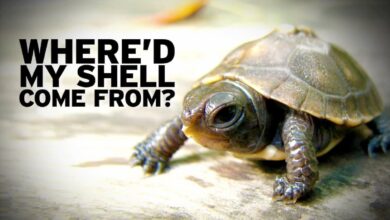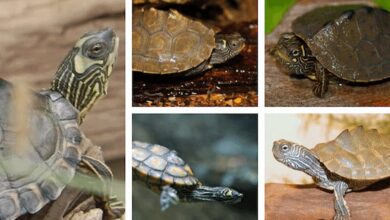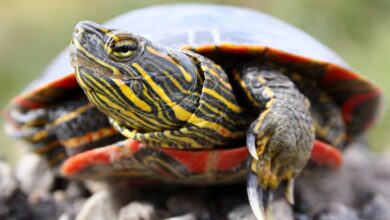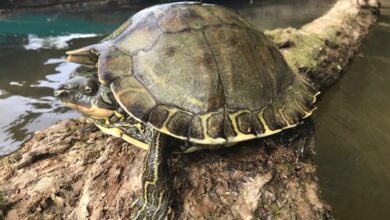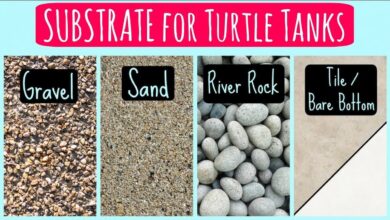If you have a tortoise to care for, you have to ensure that you provide them with the best diet available. Your house or school is not a natural habitat for a tortoise; you should do everything you can to help them feel at ease and to replicate some of the natural surroundings they are used to. One of the most important things you can do is make sure your pet is eating food they are used to and should be eating.
Finding Natural Products
When it comes to tortoise food, there are many options available, but natural goods are always preferable. There are many different types of tortoise food available, but the advantages of fresh food will pay off in the long term.
The convenience of specifically designed food may be appealing to you, but these foods are not suitable for your pet. They are typically rich in sugar and protein and do not replicate the natural foods that your pet enjoys. Because these foods are not found in a tortoise’s native environment, they should be avoided. Fresh reptile food is available, and this is the type of meal that your tortoise will enjoy.

Benefits Of Prickly Pear Fruit
Prickly pear leaves are found in the natural habitats of reptiles and tortoises, so feeding them to your pet is a natural choice. They give your tortoise calcium and fiber, which is essential for keeping them healthy. These kinds of leaves are similarly high in water content. This is due to the nature of cactus plants, and tortoises, like humans, perform significantly better when adequately hydrated.
Your pet tortoise would happily eat a whole prickly pear, and you can also break it up into smaller slices. When kept uncut, an entire leaf can last up to six months in good eating condition.
Prickly Pears Are Suitable For All Reptiles
Fresh prickly pear is not just for tortoises. It is also suitable for a variety of other species. Prickly pears are a good source of food for iguanas, turtles, and even chameleons. This is the most natural and healthy type of diet for all vegetable-eating reptiles.
Make Sure Your Tortoise Stays In The Best Of Health
The Opuntia Cactus is high in calcium, which is necessary for your tortoise’s good health. If you have a tortoise, you should try to recreate their natural habitat as much as possible, and the food you feed them is a big part of that. It is possible to provide your reptile with a healthy and nutritious diet, which means that you will get the best results.
If you want your tortoise to be in good health and live a long and satisfying life for many years to come, you should feed it the highest quality food possible. Even the fussiest tortoises will be pleased with the fresh prickly pear on offer at dinner time.
Tortoises and reptiles are excellent pets to have, and many of these unique species are self-sufficient. Natural foods like prickly pears, on the other hand, may make their lives much more straightforward and happier.

